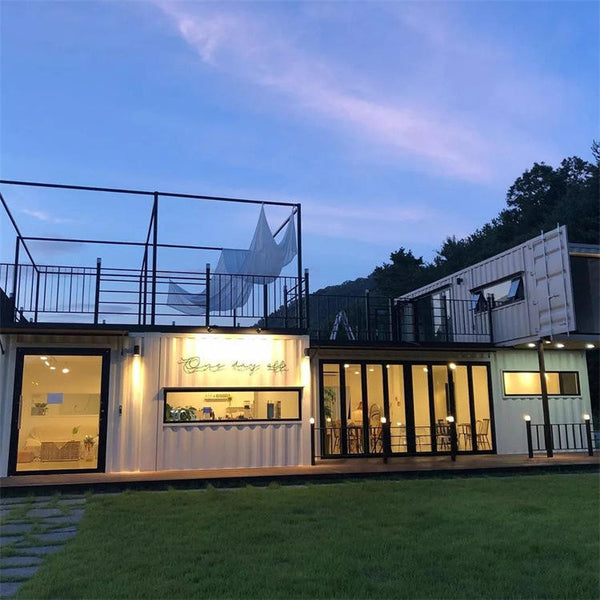
One of the main advantages of prefab homes is the speed of construction. Because the components are manufactured in a controlled environment, the construction process can be completed in a fraction of the time it would take a traditional house. This efficiency stems from concurrent activities in the factory and on site, resulting in a significant reduction in overall construction time. Additionally, the use of standard components and streamlined processes allows for quick assembly, enabling homeowners to move into their new homes more quickly.
Another advantage of mobile homes is their cost-effectiveness. By adopting a factory-based production method, manufacturers can optimize the use of resources, minimize waste and reduce labor costs. The controlled manufacturing environment also ensures consistent quality, which reduces maintenance and repair costs in the long run. Additionally, the prefab nature of these homes allows for easier customization, enabling homeowners to choose from a variety of designs and configurations to suit their preferences and budget.

Mobile homes are also known for their sustainability. The manufacturing process produces less waste and pollution than traditional construction methods. Factory production allows for better management of materials, energy and resources. Additionally, many prefab homes are designed with energy-efficient features, such as improved insulation, energy-efficient appliances, and renewable energy systems. These environmentally friendly aspects help reduce carbon footprints and provide greener housing solutions.
In addition, prefab homes offer flexibility and adaptability. The modular nature of these structures allows for easy future expansion or reconfiguration. Whether accommodating a growing family or adapting to changing needs, mobile homes can be easily modified or expanded without the hassle and cost of traditional renovations. This flexibility makes them an attractive option for homeowners who want to be able to change their living space as their needs change.
Despite the many advantages of prefab homes, there are a few considerations to keep in mind. Site preparation, shipping logistics and local building codes need to be carefully considered to ensure a smooth installation process. Additionally, some may feel that prefab homes lack the charm and character of traditional homes. However, modern prefab designs continue to evolve to suit a variety of architectural styles and aesthetic preferences, offering a wide range of options.
In conclusion, prefab houses have become an innovative and effective solution to modern housing needs. The speed of construction, cost-effectiveness, sustainability, and flexibility of prefab homes make them an attractive option for many homeowners. As technology advances and design options expand, prefab homes are likely to continue to play an important role in the construction industry, providing comfortable, customizable, and sustainable homes for people around the world.
